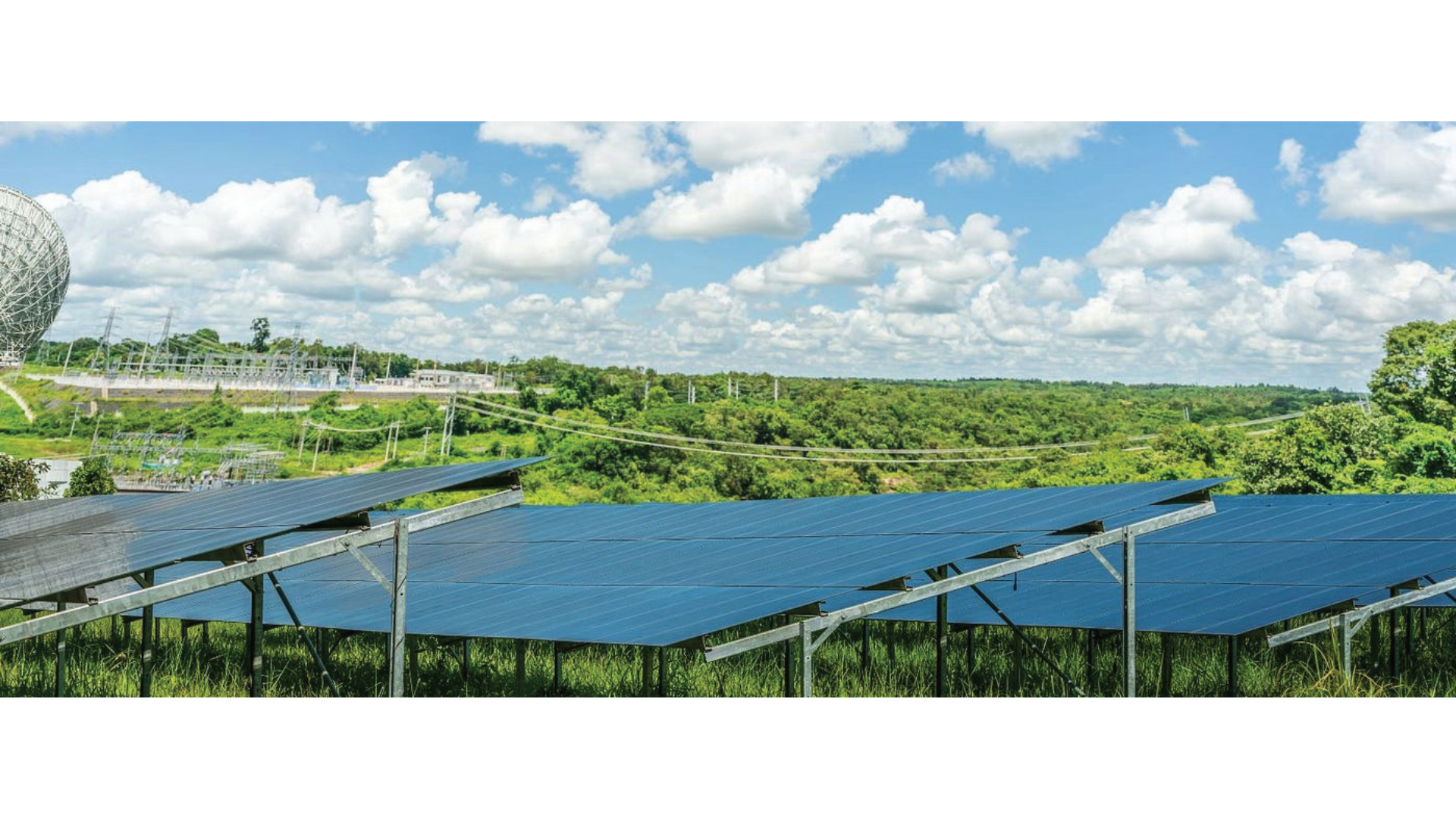The Indian solar photovoltaic (PV) sector has witnessed remarkable growth in recent years, playing a pivotal role in the country’s transition towards sustainable energy sources. As we step into 2023, several trends are shaping the landscape of the Indian solar industry, emphasizing sustainability, innovation, and increased adoption.
Rapid Capacity Expansion: One of the most notable trends in the Indian solar PV sector in 2023 is the rapid expansion of solar capacity. With the government’s ambitious target of achieving 175 GW of renewable energy capacity by 2022, there is a heightened focus
Technological Advancements: In 2023, technological advancements are playing a crucial role in enhancing the efficiency and affordability of solar PV systems. Innovations in solar panel designs, energy storage solutions, and smart grid technologies are making solar power more accessible and reliable. The integration of artificial intelligence (AI) and machine learning in solar operations is optimizing energy production, reducing maintenance costs, and enhancing overall system performance.
Floating Solar Farms: A novel trend gaining momentum in 2023 is the development of floating solar farms. With land scarcity being a challenge in densely populated regions of India, floating solar projects are emerging as a sustainable solution. These projects, deployed on water bodies such as lakes and reservoirs, not only conserve land but also offer increased energy yield due to the cooling effect of water on solar panels.
Green Hydrogen Production: Green hydrogen, produced through the electrolysis of water using renewable energy, is gaining prominence in the Indian solar sector. As the demand for clean and sustainable fuels rises, solar power is being harnessed to produce green hydrogen, a zero-emission energy carrier. This trend aligns with India’s commitment to reducing carbon emissions and fostering a green economy.
Government Initiatives and Policy Support: Government initiatives and policy support continue to drive the growth of the solar PV sector in India. In 2023, the government is actively promoting investment in the solar industry through incentives, subsidies, and favourable regulatory frameworks. The introduction of the Production Linked Incentive (PLI) scheme for solar manufacturing is expected to boost domestic production and reduce dependency on imports.
Decentralized Solar Power: The adoption of decentralized solar power solutions is on the rise in 2023. Distributed generation through rooftop solar installations and community solar projects is empowering consumers to become prosumers, generating and consuming their solar energy. This trend not only promotes energy independence but also contributes to the resilience of the overall power system.
In conclusion, the Indian solar PV sector is experiencing transformative trends in 2023, driven by a combination of technological advancements, government support, and a growing awareness of the need for sustainable energy sources. The rapid expansion of solar capacity, coupled with innovations such as floating solar farms and green hydrogen production, paints a promising picture for the future of renewable energy in India.
As the nation continues its journey towards a greener and more sustainable future, the solar sector is poised to play a central role in shaping the energy landscape.
Tanmoy Duari is CEO, AXITEC Energy India Pvt. Ltd, leading solar module manufacturer.

